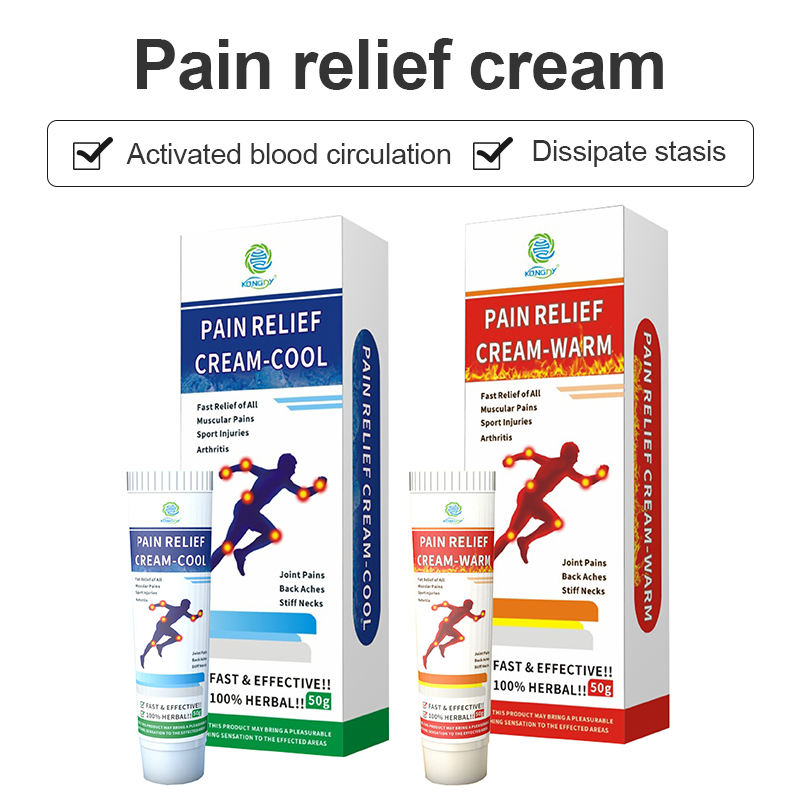In recent years, there has been a significant shift towards natural and holistic approaches to health and wellness. This trend has extended to pain management, with herbal pain relief creams gaining popularity as an alternative to traditional pharmaceutical options. These creams harness the power of plant-based ingredients to provide relief from various types of pain, offering a gentler approach that appeals to those seeking natural remedies.
Herbal pain relief creams typically contain a blend of botanical extracts known for their analgesic, anti-inflammatory, and soothing properties. Common ingredients include arnica, which has been used for centuries to treat bruises and muscle aches; menthol, derived from peppermint and known for its cooling effect; and capsaicin, extracted from chili peppers, which can help alleviate nerve pain. Other popular herbs used in these formulations include eucalyptus, camphor, ginger, and turmeric.
One of the key advantages of herbal pain relief creams is their potential for fewer side effects compared to oral pain medications. When applied topically, these creams work locally at the site of pain, reducing the risk of systemic side effects that can occur with ingested medications. This makes them an attractive option for people with sensitive stomachs or those concerned about the long-term effects of traditional painkillers.

The effectiveness of herbal pain relief creams can vary depending on the specific formulation and the type of pain being treated. While some users report significant relief from conditions such as arthritis, muscle strains, and back pain, it’s important to note that scientific evidence supporting the efficacy of these creams is often limited or mixed. However, ongoing research continues to explore the potential benefits of various herbal ingredients in pain management.
Manufacturing herbal pain relief creams requires careful consideration of ingredient sourcing and formulation. Many consumers of these products value organic and sustainably sourced ingredients, prompting manufacturers to prioritize ethical and environmentally friendly production practices. The process of creating these creams often involves cold-pressing or steam distillation of herbs to extract their beneficial compounds, followed by careful blending to create a stable and effective product.
While herbal pain relief creams offer a natural alternative, it’s important for consumers to approach them with an informed perspective. Not all “natural” products are inherently safe or suitable for everyone. Some herbal ingredients can interact with medications or cause allergic reactions in sensitive individuals. It’s always advisable to consult with a healthcare professional before incorporating new pain management strategies, even those that are herb-based.
As interest in natural health solutions continues to grow, the market for herbal pain relief creams is likely to expand. This presents opportunities for innovation in formulations, improved efficacy through advanced extraction techniques, and the discovery of new plant-based ingredients with pain-relieving properties. However, it also underscores the need for more rigorous scientific studies to validate the effectiveness and safety of these products.
In conclusion, herbal pain relief creams represent a bridge between traditional wisdom and modern wellness trends. While they may not be a panacea for all types of pain, they offer a valuable option for those seeking natural alternatives in their pain management toolkit. As research progresses and consumer demand evolves, these products are likely to play an increasingly significant role in the broader landscape of pain relief solutions.






